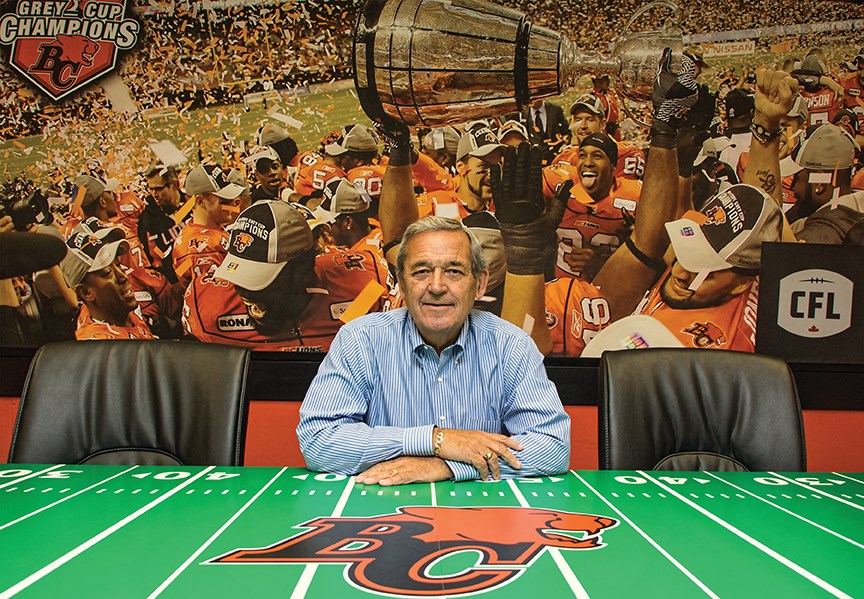The Vancouver Whitecaps are competing in Utah, the Canucks are still playing in May despite their vanishing playoff hopes – and the last time the BC Lions played, no one had heard of COVID-19.
So it’s no surprise that Vancouver’s sports teams are ready for a return to normal, longing to play games at home in front of their B.C. fans.
“As soon as there is a chance to play at home we are ready to go home and ready to party,” said Axel Schuster, CEO and sporting director for the Vancouver Whitecaps FC.
And fans are ready to join the celebration with their local teams. Both Schuster and Lions president Rick LeLacheur say that there is pent-up demand for live sports entertainment, and they don’t think there will be many problems getting British Columbians back into the stands.
It’s no surprise that B.C.’s professional sports teams are eager to get fans back to the field or arena. The Canadian Football League (CFL), Major League Soccer (MLS) and even the National Hockey League are smaller leagues within North America and are heavily reliant on gate and concession revenue as opposed to TV contracts. The CFL, for example, generates about 60% of its revenue at the gate, so fans at live events are key to its business model. Nevertheless, the Lions and the league believe that it is better to play games without fans than to forgo another season.
“[This year] won’t be a likely loss; it’ll be a definite loss,” LeLacheur said.
The burgeoning MLS is in a different position than the over-a-century-old CFL. No MLS teams were operating at a profit before the pandemic. However, the sport’s growing popularity across Canada and the U.S. has meant that the league has been on a steady growth trajectory since it started in the early 1990s. While COVID-19 put an immediate halt to the league’s growth, Schuster said that it’s a blip on the broader growth pattern of MLS and won’t have a long-term impact on the league.
As for the Lions, LeLacheur said it would be a bonus if the team is able to squeeze in some playoff or late-season games with fans in the stands.
However, he is expecting normal game play in 2022 and a return to the league’s pre-pandemic growth plan by 2023.
Amid a third wave in many major Canadian cities, the CFL pushed back the league’s start date, as well as the Grey Cup, which could help bring fans back this year. As vaccines roll out across the country, however, things still aren’t becoming clearer for Vancouver’s major sports teams. Both Schuster and Lelacheur agree that decisions about returning to live events are ultimately in the hands of the premier and health authorities.
The only strategy that most sports organizations can consider is to plan for all possible scenarios so that they’re ready for whatever happens once the puck drops.
“If there’s someone who really can tell us what the virus will do in the next week or month, we could finally adjust our plans,” Schuster said. “The whole organization has been planning for every single scenario since the outbreak.”
Before the third wave hit many of Canada’s most populated regions, the Whitecaps were expecting to be away from the Lower Mainland for only a few weeks. But as the reality of the situation unfolded, the team had to quickly dust off a different plan and start the season in Utah.
Schuster said that when the team and fans are permitted to return, BC Place will give the Whitecaps an advantage, allowing fans to socially distance in the upper bowl of the massive, often unfilled 54,500-seat capacity stadium in downtown Vancouver. However, Lelacheur is less certain about BC Place’s advantage.
He said there are concerns about the additional cost of opening the upper bowl seating and about alienating fans by moving holders of higher-value seats such as those at the 50-yard line in the lower bowl to higher-bowl, end-zone seats.



